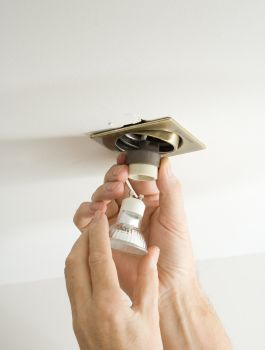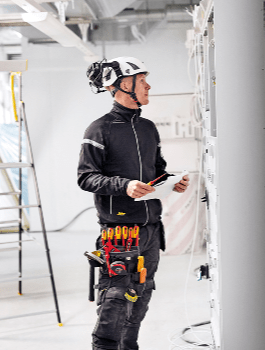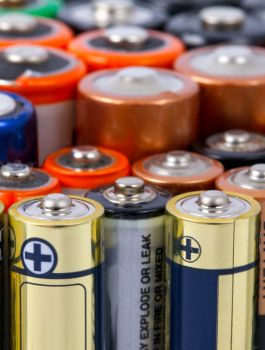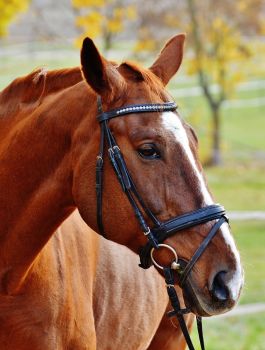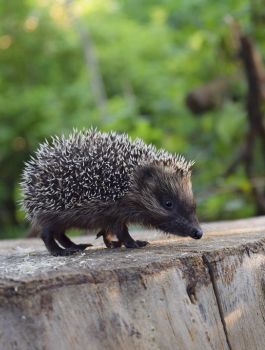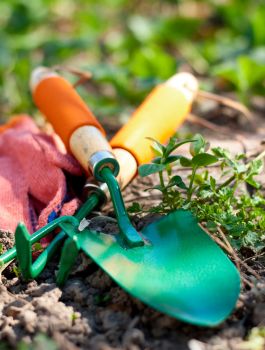Table of Contents:
As we approach the winter months, we can no longer rely on outside weather to dry our clothes and with electrical bills arising from the 1st of October 2022, homeowners are looking for ways to reduce their bills and hopefully make the winter more manageable.
Let’s explore the difference between the Heated Airer and Tumble Dryer along with the benefits of each.
Buying Cost of Heated Airer vs. Tumble Dryer
If you are looking for a very basic heated airer, this starts at a cost of around £40. For the more deluxe heated airer, it costs about £250. However, the heated airer wouldn’t have all the fancy features of a tumble dryer. If you’re happy to overlook this, you could find yourself a brilliant bargain.
Tumble dryers on the other hand, cost a lot more than the heated airers to buy. A basic Tumble Dryer will set you back around £150, for the more upper high end ones would be about, if not more than £1,000.
What is the capacity?
One of the main differences between the driers is the amount of laundry it can actually dry. The majority of tumble dryers can dry 7 to 9 kg of laundry, but other capacities are also available. Heated airers, on the other hand, can usually hold between 10 and 15 kg at a time. One advantage of the tumble dryer is that it can run several loads of laundry throughout the day, regardless of size.
While 15kg sounds bigger than your typical 7kg tumble dryer when it comes to size, it doesn't mean the amount of drying you can do will work out for the better. The difference is that you’re probably not going to be drying several loads in one day with the heated airer, as the drying process would be slow. You should consider how many members are in the household and how much laundry you usually wash and dry.
What is the running cost?
It is crucial to remember that the different makes, models, sizes, general usage and wattages of both products have a major impact on running cost. A heated airer is more economical to run than a tumble dryer. The cost of running a heated airer will depend on the wattage. The higher the wattage, the more expensive it is to run.
A kilowatt hour is the unit of energy used for billing your electricity - a 300W dryer uses 0.3kWh. Currently, each kWh of electricity you use costs 34p from the 1st of October 2022 to the 31st of December 2022. If you were to have it on for eight hours, it would use a total of 2.4 kWh. If you were to dry your clothes on a heated airer, it would cost approximately £0.82.
The price of running a tumble dryer depends on the type of machine you have. On average, a tumble dryer uses roughly 4.5kWh of electricity per cycle; a single cycle will cost an average of £1.53. Heated airers do need to be left on longer to dry clothes, but their total running costs are still about half those of tumble dryers.
Is there an alternative?
Yes - using a dehumidifier for drying clothes.
How does a dehumidifier dry your clothes?
The dehumidifier absorbs moisture in the air from your wet clothes, and projects warm, dryer air that over time dries out your clothes to the same effect a tumble dryer would. This works best in a small room with windows and doors closed; the dehumidifier doesn’t have to work as hard on drying the air outside the room or outside the house. Drying wet clothes inside can cause damp and mould, which is not very hygienic. However, using a dehumidifier can help to ensure your house stays nice and dry.
How long does it take to dry?
A dehumidifier takes longer to dry your clothes when compared to a tumble dryer. An average size tumble dryer load can dry in about an hour. However, a dehumidifier can take 3-5 hours to do the same job.
What is the running cost of a dehumidifier?
Dehumidifiers are rated in Watts; the higher the power, the more energy it uses. So, a model with a power consumption of 151W would cost 5p per hour to run based on the calculation of 0.151kWh x 34p. If the wattage of the model were 400W, it would cost 13.2p per hour.
Are dehumidifiers environmentally friendly?
Reducing energy consumption does not only benefit your bank account, but it also shows some much-needed support to the environment. In order to stay green, make sure you turn off the tumble dryer and utilise more energy-efficient dehumidifiers.
Frequently Asked Questions
- How long should you leave a heated airer on for?
For cotton and linen, this can take four to five hours and over ten hours for jumpers and thick materials. You should squeeze as much moisture as possible out of your clothes before putting them on to dry.
- Is it safe to leave a heated airer on overnight?
Manufacturers don’t recommend leaving any electric heated products unattended, but this is how most people use them. Most with timers and thermostats to choose lower temperatures for longer periods.
- Should I cover a heated airer?
If you have the ability to buy a cover for your heater airer, then you should do so. Covering the airer will keep the heat inside so that it can actually dry the clothes. Having a cover may decrease the drying time of laundry, which in turn may increase how energy efficient the airer is.
- Which is quietest?
The heated airer is the quietest option of the three. Heated airers produce little noise; on the other hand tumble dryers are known for being loud.
- How can I make a tumble dryer more efficient?
Make sure you always dry a full load of laundry. Cleaning the lint filter regularly keeps it working at its best. Give your laundry an extra spin in the washing machine, making sure it is as dry as possible before loading into the dryer.
- Can a dehumidifier benefit our household in other ways?
The biggest benefit of using a dehumidifier for drying clothes is that it retains and generates a substantial amount of heat, which doesn’t just dry your clothes; it is also used to heat other areas of your home. Typically, dehumidifiers convert every unit of energy it consumes into 2.5 times the amount of usable heat. As a dehumidifier reduces moisture in the air, it will make it faster and easier to heat up areas.
- Which is kinder to my clothes?
Using a dehumidifier or heated airer steers clear of the mechanical wear or high temperatures employed by tumble dryers, which can cause fabrics or lead to them shrinking or stiffening, this can be a lot kinder on your clothes and will extend their wear.

 Hate
Hate
 Dislike
Dislike
 Neutral
Neutral
 Like
Like
 Love
Love

